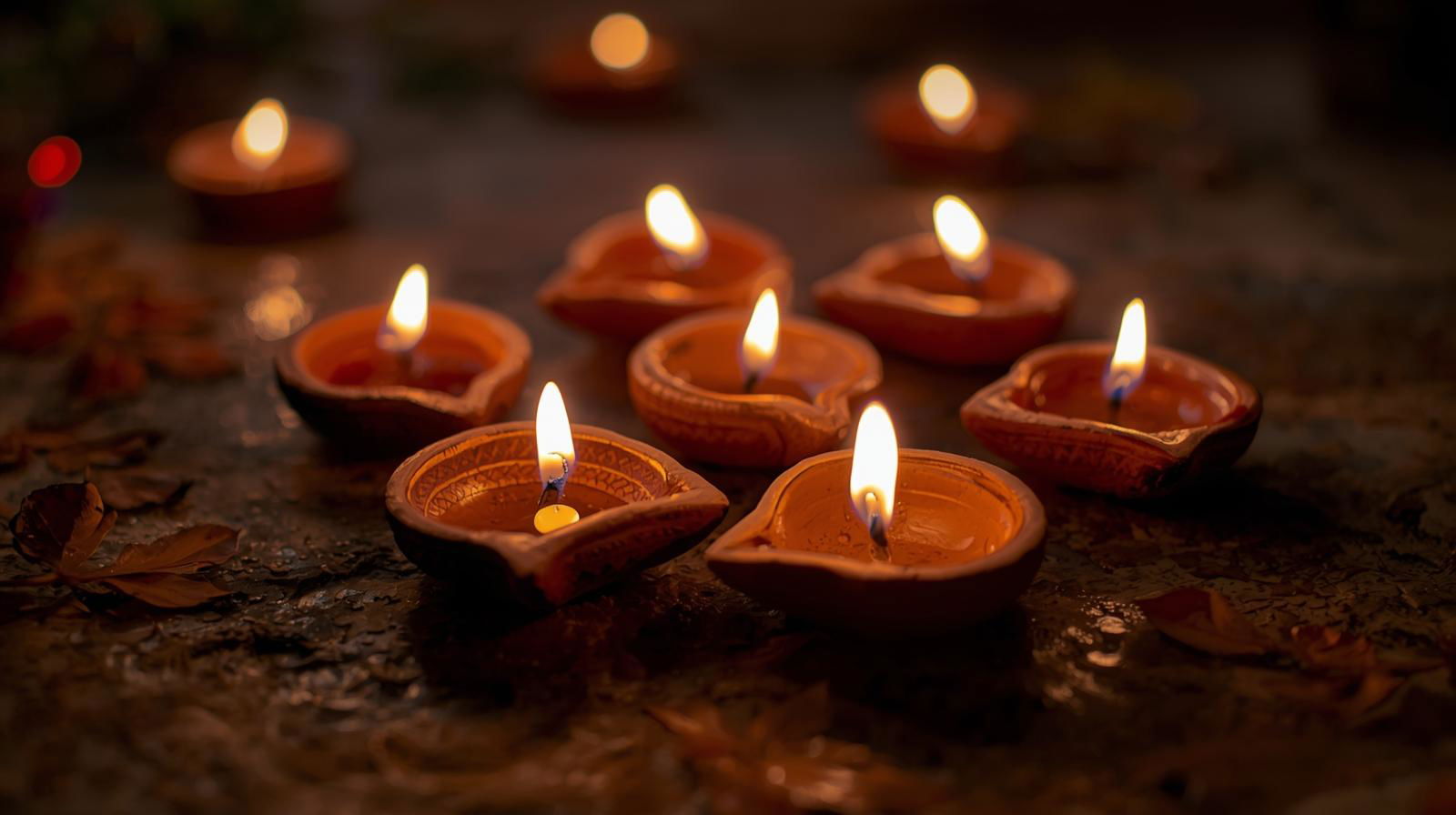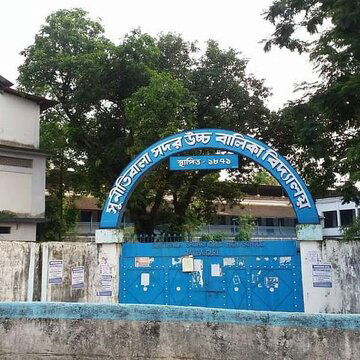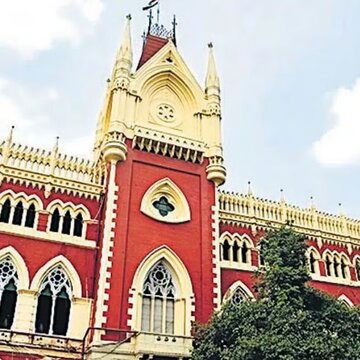With the dominance of various electric bulbs and LEDs, the illumination of lights during Kali Puja and Diwali celebrations has increased significantly compared to before. But the lamp artisans of Fakir Bagan Lane and Second Bye Lane in Pilkhana, Howrah, are increasingly plunging into darkness. There was a time when every Kali Puja pandal would float in the light of 108 earthen lamps on the new moon night. There was also a tradition of lighting earthen lamps at homes on Kali Puja night. Today, electric fairy lights and LED lights have taken that place.
Along with this, the use of plastic and wax lamps has increased. As a result, Bengal's traditional earthen lamps are about to disappear. Consequently, those who have been making earthen lamps for generations are facing difficulties in their livelihood. The lives and livelihoods of lamp artisans are facing destruction. Experts believe that lighting earthen lamps involves many hassles. Firstly, earthen lamps are much more expensive. They are not very durable either. To light a lamp, the wick needs to be properly twisted. Oil is also required for that. Therefore, earthen lamps are both expensive and have limited practical utility. For this reason, the use of lamps has decreased. LEDs are taking their place.
Some are now using plastic lamps. Historian Anupam Mukhopadhyay says, "Those who worship the Goddess with true devotion still use earthen lamps. However, nowadays many community pujas use brass or electric hanging lamps. Using plastic lamps is not acceptable from either religious or environmental perspectives." Common people, however, are not paying attention to these concerns. As a result, lamp artisans are facing the most problems. Lamp artisan Lakshmi Prajapati from Howrah informs that now one thousand earthen lamps are sold wholesale for only 600-650 rupees. After deducting expenses, lamp artisans are left with very little profit.
According to Dipali Prajapati, "The prices of coal and clay have increased. But the price of lamps has not increased. As a result, making earthen lamps is not dispelling the darkness of our homes." Local sources reveal that clay has to be purchased from outside for making lamps. Clay comes from Canning and Diamond Harbour in South 24 Parganas. The cost of clay per truck is 1200-1800 rupees. From molding clay, drying it in the sun, firing, coloring – this entire process requires a lot of time and effort.
But lamp artisans are not seeing profits proportionate to that. The lamps that artisans sell at 80-90 paise are being sold in the retail market at 2-3 rupees. While retail traders profit from this, artisans are not getting their share. Lamp artisans from Howrah have reported that this time, due to excessive rainfall, lamps are taking longer to dry. As a result, lamp production has been lower than last year. Therefore, the profit margin will be even smaller. Wholesale trader Bapi Seth says, "Earlier, during Kali Puja, the demand for earthen lamps was so high that supply could not keep up. Now people have become fancy. People are buying electric lights to avoid hassles."











